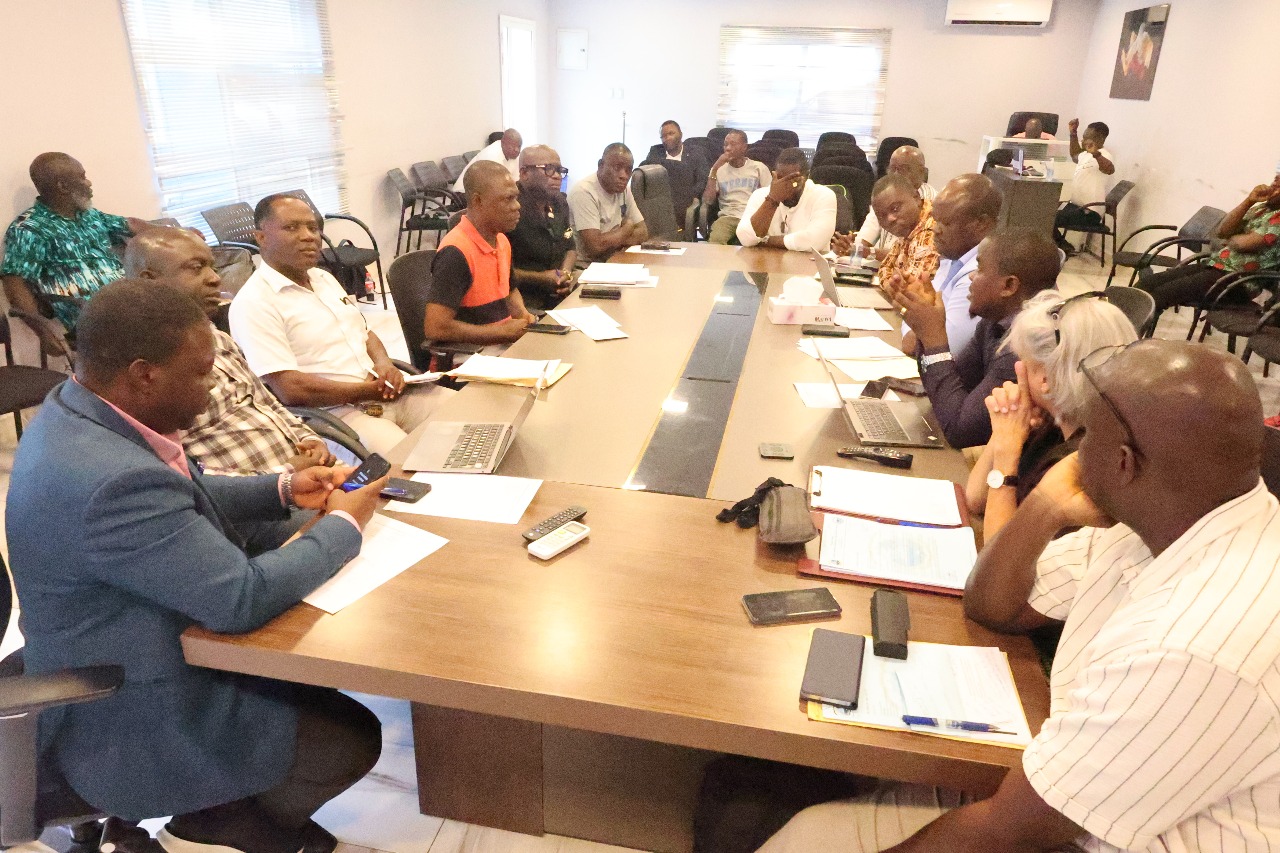Monrovia, Liberia – The National Fisheries and Aquaculture Authority (NaFAA), says, it is formulating coordinated plans to launch what it calls, the ‘semi-industrial fisheries operations’ in Liberian waters.
The semi-industrial fisheries operations commence at four nautical miles from the Liberian coastline.
A nautical mile is a unit of measurement used in maritime and aviation navigation, defined as exactly 1,852 meters (about 6,076.12 feet). It is based on the Earth’s circumference, where one nautical mile corresponds to one minute of latitude (1/60th of a degree) along a meridian (longitude line).
The pronouncement follows a one-day stakeholders’ round-table on the Country’s first Semi-Industrial Fisheries Management Plan, on Thursday, June 19, 2025 at NaFAA’s headquarters.
The goal of the newly validated plan is to ensure the sustainable exploitation, regulation, and management of Liberia’s semi-industrial fisheries. It establishes a comprehensive, strategic, and legally binding framework for effective oversight of this emerging sub-sector.
Based on data from both fisheries-dependent and independent assessments, the plan outlines a five-year implementation period, with a mid-term review scheduled after the second year. Its primary objective is to promote long-term ecological, economic, and social benefits through responsible and sustainable fisheries governance.
NaFAA’s acting Director General, J. Cyrus Saygbe, underscored the significance of the plan as a critical policy instrument for the sustainable development of Liberia’s fisheries sector.
“This Management Plan is not only timely but also strategic in ensuring that our semi-industrial fisheries are properly regulated and positioned to attract sustainable investment,” acting NaFAA boss, Cyrus Saygbe.
A press release quotes Mr. Saygbe as saying, the government, through NaFAA, has already completed and published the formal demarcation of the four-nautical-mile boundary, enabling semi-industrial vessels to begin operating in designated areas of Liberia’s Exclusive Economic Zone.
According to him, this initiative is essential for creating new economic opportunities and expanding the country’s fisheries portfolio in a transparent and sustainable manner.
The NaFAA boss reiterated Liberia’s commitment to global transparency mechanisms. He highlighted Liberia’s recent endorsement of the Global Charter of Fisheries Transparency, alongside its existing membership in the Fisheries Transparency Initiative (FiTI).
“We are working to build a sector that is transparent, inclusive, and investment-friendly,” he added, while urging stakeholders participating in the validation workshop to remain open and collaborative throughout the process.
Deputy Minister for Technical Services at the Ministry of Agriculture, Solomon Hedd-Williams, lauded NaFAA’s leadership in developing the Management Plan, but stressed the need for stronger regulatory mechanisms. He underscored the need to tighten the screws on enforcement if the Country must achieve meaningful, and inclusive development in line with the Government’s ARREST Agenda.
Meanwhile, the President of the Liberia Artisanal Fishermen Association pledged his organization’s full cooperation with NaFAA, affirming a shared commitment to the successful implementation of the Semi-Industrial Fisheries Management Plan.
As Liberia continues to modernize its fisheries sector, the release under the signatory of NaFAA’s communication and media services director, Lewis Konoe, says, the Semi-Industrial Fisheries Management Plan represents a step toward greater resource sustainability, improved livelihoods, and increased national revenue generation.
Stakeholders Greenlight Liberia’s Four Nautical Miles Fisheries Expansion
RELATED ARTICLES



